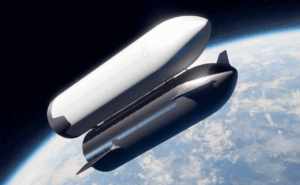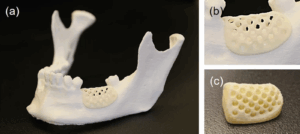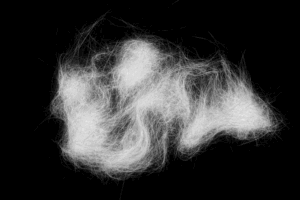An analysis of current waste management systems with connections to WALL-E
WALL-E, an animated science-fiction movie created by Pixar, features an old, worn-down robot whose job is to clean up a trash-ridden Earth left behind by humans. The question is, is our planet, like in WALL-E, on track to needing robots to clean the earth for the next 700 years?
While our planet is nowhere near being overrun with trash, the Great Pacific Garbage Patch is an early sign of how much trash we produce as a society. Formed by swirling ocean currents, the Great Pacific Garbage Patch is a collection of marine debris spanning over 620,000 square miles—about twice the size of Texas (1). Because the debris is mostly plastic, rather than sinking like organic matter, the plastic floats to the surface, accumulating as more trash is dumped into the ocean (1). Furthermore, the degradation of the plastic leads to the build-up of microplastics, which, when on the surface of the water, block out sunlight that is crucial to the survival of plankton and algae (2). Since plankton and algae are critical parts of the marine food chain, an increase in plastic waste could lead to a decrease in ocean life, creating a situation resembling the barren climate depicted in WALL-E (3).
Another interesting parallel between WALL-E and our modern society is the response to the Great Pacific Garbage Patch. The Ocean Cleanup, a company dedicated to removing waste from bodies of water, uses large nets connected between two boats to remove plastic from the surface of the water. Similar to WALL-E, The Ocean Cleanup also built a robot called “The Interceptor,” an autonomous trash-collecting robot using conveyor belt systems to pick up waste in highly-contaminated rivers that flow into oceans (4). One deployed “Interceptor” has prevented over three-million kilograms of trash from entering the Caribbean Sea (5). Currently, The Ocean Cleanup has 15 of these robots stationed in 8 countries.
While WALL-E may not be engineered in our lifetimes, the amount of trash we produce is growing at an alarming rate. Total global waste is projected to grow by 3.4 billion tonnes in 2050, with an anticipated 2.3 billion tonnes of carbon dioxide emitted per year because of our subpar waste management; more than half our waste is openly dumped (6). On top of that, plastic production is projected to increase by 40% in the next 10 years, and by 2050, there will be more plastic in the ocean than fish (7). Although WALL-E’s garbage-filled planet seems centuries away, if the failures of our waste management system are not addressed, we may be closer to living in outer space than we thought.
Bibliography
- Kottasová, I. (2023, April 17). The Great Pacific Garbage Patch is now so huge and permanent that a coastal ecosystem is thriving on it, scientists say. CNN; CNN. https://www.cnn.com/2023/04/17/world/plastic-pollution-ocean-ecosystems-intl-climate/index.html
- Great Pacific Garbage Patch. (2018). Nationalgeographic.org. https://education.nationalgeographic.org/resource/great-pacific-garbage-patch/
- Plankton: Small Organisms with a Big Role in the Ocean – Ocean Conservancy. (2019, August 9). Ocean Conservancy. https://oceanconservancy.org/blog/2019/08/09/plankton-small-organism-big-role/
- Boyan Slat. (2024, March). Rivers • The Interceptor • The Ocean Cleanup. The Ocean Cleanup. https://theoceancleanup.com/rivers/
- The Ocean Cleanup. (2024). Theoceancleanup.com. https://www.linkedin.com/posts/the-ocean-cleanup_interceptor-006-has-successfully-prevented-activity-7120771354135605250-QEeE/
- Trends in Solid Waste Management. (2016). Worldbank.org. https://datatopics.worldbank.org/what-a-waste/trends_in_solid_waste_management.html
- Kaplan, S. (2016, January 20). By 2050, there will be more plastic than fish in the world’s oceans, study says. Washington Post; The Washington Post. https://www.washingtonpost.com/news/morning-mix/wp/2016/01/20/by-2050-there-will-be-more-plastic-than-fish-in-the-worlds-oceans-study-says/
Images







Comments are closed.